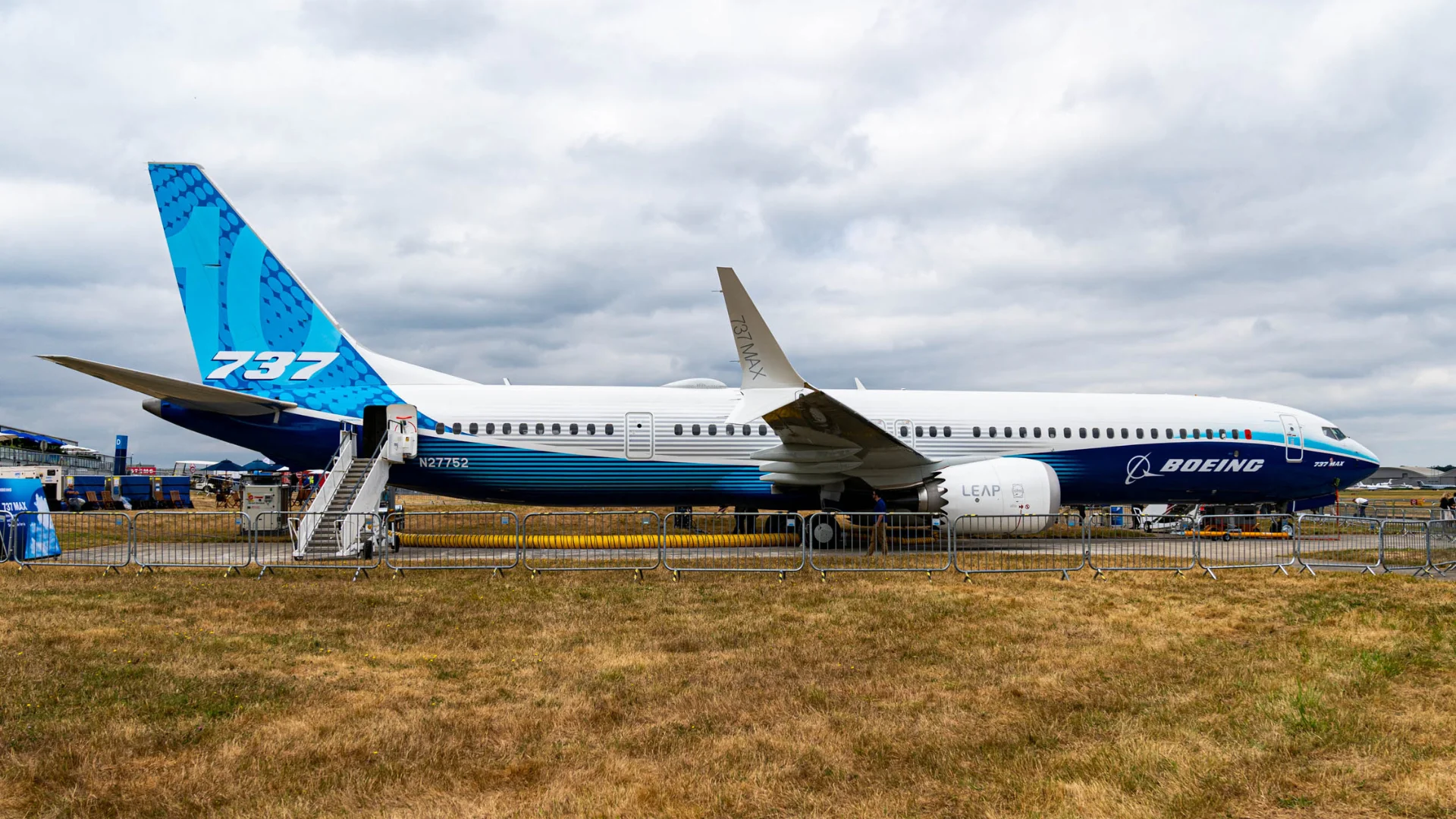The Boeing 737 MAX, a prominent narrowbody aircraft, is noted for its advanced technology and efficiency. A key aspect of its performance is speed, which influences flight planning and airline scheduling. The 737 family has evolved since its inception in 1967, with over 10,000 units delivered. Each iteration has brought improvements in technology and performance.
The original Boeing 737-100 had a cruising speed of Mach 0.74. Subsequent models saw incremental changes but maintained similar speeds until the Next Generation series, which achieved cruise speeds of Mach 0.785. The latest, the 737 MAX series, introduced in the early 2010s, features LEAP-1B engines and aerodynamic enhancements that allow it to cruise at Mach 0.79 and reach a maximum speed of Mach 0.82.
The performance profile of the MAX includes optimized high-speed cruise capabilities that balance travel time with operating costs. It typically flies between altitudes of 35,000 to 41,000 feet.
 Alerts Sign-up
Alerts Sign-up








